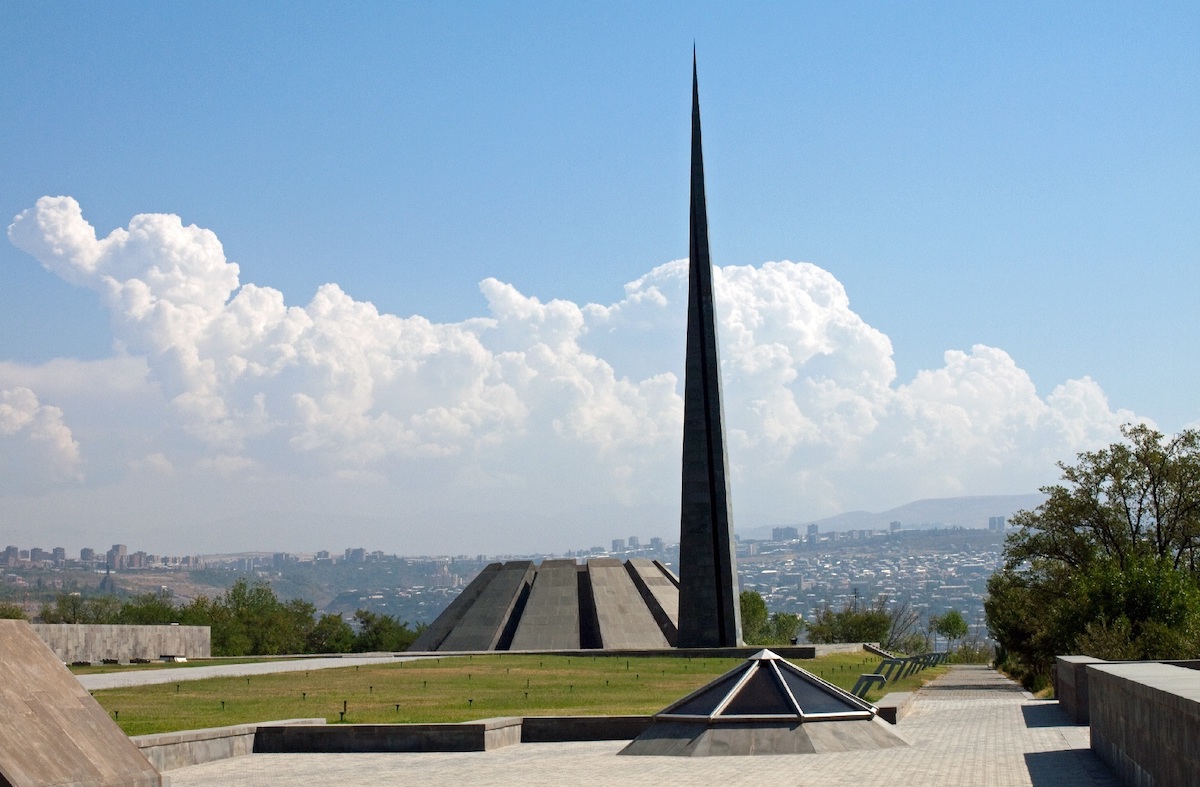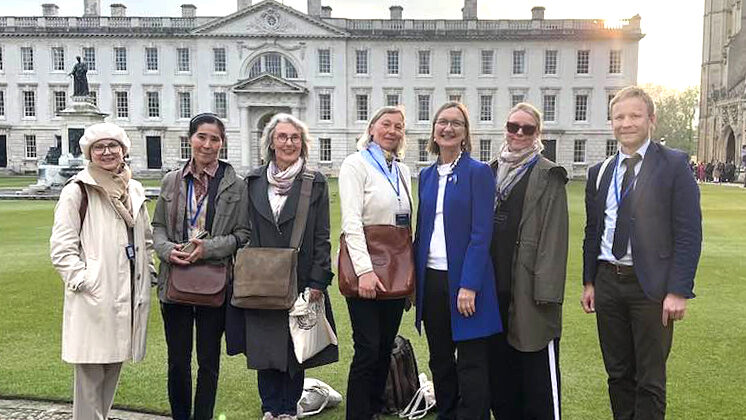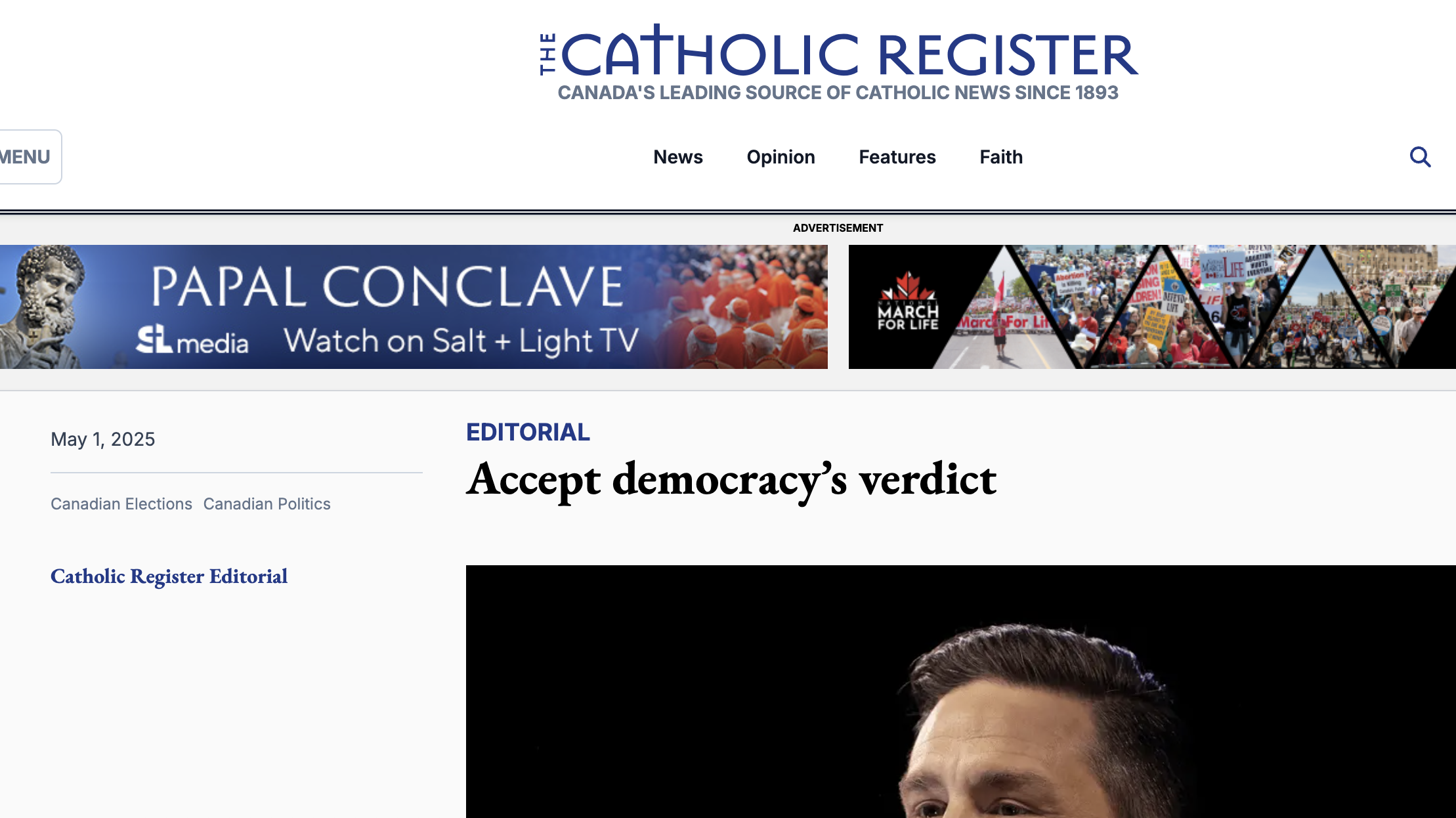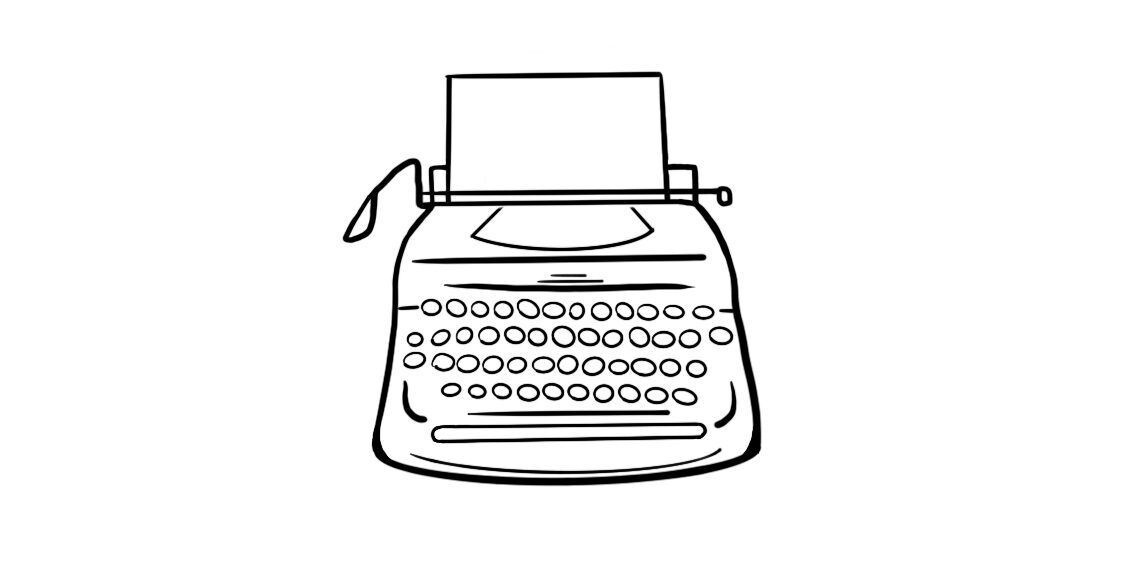After reading this opinion one was reminded of Edward Alexander’s 1990 book The Serpent and the Bees. A KGB Chronicle. This was translated into Estonian, the first foreign language for the work and appeared in 2002 as Madu ja mesilased. The title is taken from the Armenian proverb. After three translations (Armenian to English to Estonian to English) the wisdom is “A serpent sucks poison and a bee honey from one and the same flower.” The Estonian translation, by the way, is by Aulis-Leif Erikson (1968 – 2017). Vikipeedia, Estonia’s Wiki, has no further information on this person; the name may be a pseudonym.
Similarly there is little available online about Alexander, although he provides information about his career throughout the book as a United States Sate Department employee. First as a Voice of America journalist, heading the Caucasian languages department, and responsible for Armenian language broadcasts. This after WW II service as a psy-ops expert. Later his work for Foggy Bottom included postings to Berlin, Greece and Hungary among other places, as an expert on Soviet and Eastern Europe affairs. Wikipedia indicates that he is still alive, at a hundred years of age, born in 1920 in the USA.
His father fled the genocide noted above; Americanized his name from Alexanijan and Edward’s parents raised him as an American-Armenian. Alexander’s first language was Armenian, a linguistic ability that he made great use of during his career, earning the acquaintance, sometimes significant trust, of many important cultural figures, including composer Aram Khachaturian, who was actually born in Tbilisi, Georgia. (Much like many notable Armenians, forced into exile either by the Ottoman empire or a rapacious tsarist, then Soviet Russia.) Of interest to chess-playing readers is Alexander’s conversation with Tigran Petrosian, also Tbilisi-born, at a reception held in the latter’s honour in Washington; the Armenian not yet at the time World Champion on 64 squares.
The bulk of the memoir deals with the efforts of the KGB to recruit him as an agent, to be used in Armenia against American interests. The USA has a large, initially refugee, now expatriate, émigré population that kept contact with Yerevan and family throughout the country. Alexander was, however, emphatically loyal to his country of birth. But his State department handlers encouraged stringing the KGB along. Fascinating reading, especially in the Estonian language, as many refugees from Estonia were also approached abroad – or when they dared to visit occupied Estonia.
Madu ja mesilased reads almost like a John le Carré novel at times yet is based on fact. Curiously, Alexander, drawn to his ancestral homeland, was visiting Soviet occupied Armenia precisely at the time when Kim Philby, the most notorious KGB spy and double agent ever, made his way from Lebanon through Syria to Moscow (recommended further reading: Ben Macintyre’s Philby book, A Spy Among Friends).
Alexander’s book is a rarity but worth searching for, in either language. The connection between Armenia and Estonia is made by Jürgenson, who notes that an Estonian missionary, Hanna Hedwig Büll, born in Haapsalu, saved thousands of Armenian children during the genocide years from certain death. Jürgenson’s emphatic point is that like with all crimes against humanity it is in the interest of the oppressors to deny, deny, portray the victims as perpetrators of brutality themselves. Hence the need to keep remembering such outrage. Facebookers might do well to occasionally visit his page. Who knows – his topics might trigger other, related memories and help in continuing to reveal the horrors perpetrated by the KGB and others in the name of communism.
Tõnu Naelapea, Toronto




